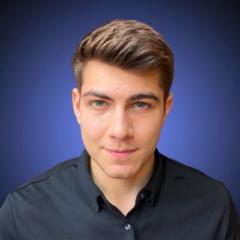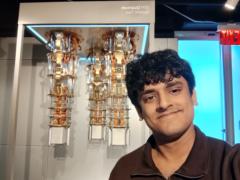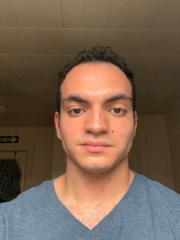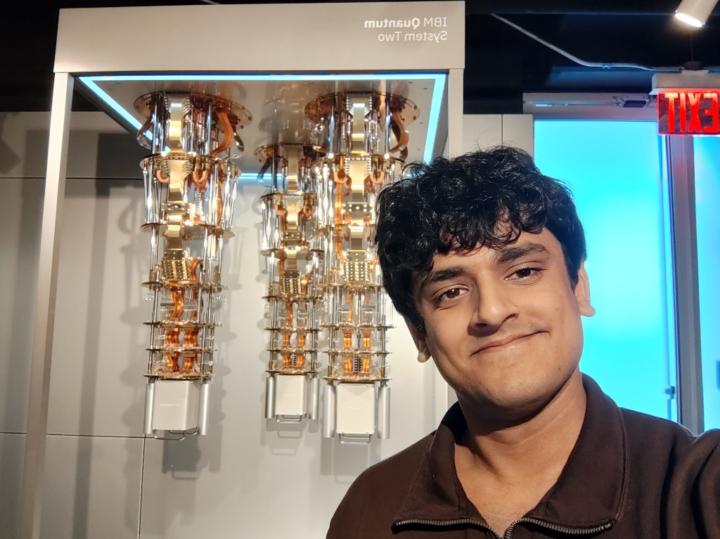Activity
Mon
Wed
Fri
Sun
Oct
Nov
Dec
Jan
Feb
Mar
Apr
May
Jun
Jul
Aug
Sep
What is this?
Less
More
Memberships
Quantum Engineering Lab
19 members • $29/m
4 contributions to Quantum Engineering Lab
How did you first become interested in Quantum Computing in the first place?
What was your initial drive to want to build a career in quantum computing? It’s not like CS where it’s perceived as an “easy career that pays well”. For me, I started with the simple notion “I like computers, and quantum computing seems like a more interesting and advanced version of normal computers”. Of course my first inclination was a little naive, but that’s OK. It eventually grew into a genuine passion. I feel like everyone’s interests originate from some visceral and unconscious gut feeling and can build to a true passion with real experience. What was your gut feeling that has drawn you in to quantum computing? I shared my naive start, so it’s OK if yours is simple too.
3 likes • 9d
I feel I got this initial drive for quantum computing 4 years ago, from a course I took by the Coding School and they made fun labs and quantum demonstrations with IBM Quantum/Qiskit. I read more about it and I was convinced that there needs to be development/research in the areas of computing due to Moore's law restricting classical computing techniques.
1 like • 6d
also @Ari Noori could you make like a guide on what to write in your resume for these technical jobs (where its mentioned what skills they require) but like how do you communicate it in the resume? and if you don't have that exact skill but something similar/synonymous how do you mention that etc...
My Senior Design Project Proposal
Hi everyone, I decided to share what I am going to be working on for the next academic year as my senior project. The name of the project is RF-FPGA Qubit State Readout System.The goal of the project is to create a classical system that simulates the process of reading the state of a qubit using RF and digital hardware. The process starts with an input command, which a microcontroller will translate into a low frequency digital signal. This digital signal then triggers a microwave pulse generator to create a precise, high frequency analog pulse. This analog signal is routed by a microwave circulator to a qubit simulator circuit. This circuit is supposed to mimic the behavior of a real qubit and modify the signal based on its state. A circulator will then direct the faint, modified signal to an FPGA which will behave as a readout processor. The FPGA digitizes and analyzes this signal to determine the simulated qubit's state (0 or 1), which it sends back to the Raspberry Pi to be logged and displayed for the user. Please let me know what you guys think about this project. I am very excited to be doing it!
What would be most useful for you in the Classroom?
Hey everyone, I’m in the middle of building out the Quantum Engineering Roadmap course, and I want to make sure it’s actually useful for you, not just what I think should be in it. So I’d love to hear: - What do you feel is missing in your Quantum Engineering career development path? - Where do you usually get stuck or overwhelmed? - Any other feedback or suggestions you have Your feedback will directly shape how I build this out. I’ve got my own roadmap and experiences, but this community is about helping you define yours, so the more you share, the more I can make sure this course actually moves the needle for you. Drop your thoughts in the discussion below 👇
Job Analysis: Microwave Design Engineer
Many aspiring quantum engineers believe they need a deep background in quantum theory to be competitive. However, a close analysis of this industry job reveals a different, more practical entry point. This IBM Quantum role for a Microwave Design Engineer serves as a clear case study for a skills-first approach to building a career in quantum hardware. Let's deconstruct the core requirements. https://ibmglobal.avature.net/en_US/careers/JobDetail?jobId=37992&source=WEB_Search_NA ⚛️ Foundation: Core Engineering Expertise The primary requirements for this role are not in quantum mechanics, but in classical electrical engineering. The job posting lists the following as required technical expertise: - Demonstrated RF/microwave filter design knowledge (notch filters, bandpass filters, diplexers). - Mastery of EM modeling, circuit design, and layout tools such as Keysight ADS, Ansys HFSS, and Cadence. - Familiarity with test equipment, specifically vector network analyzers (VNAs). The immediate takeaway is that a deep, practical foundation in a traditional engineering discipline is the most critical asset. Expertise in industry-standard simulation software and hands-on lab experience with relevant test equipment are non-negotiable prerequisites. This is the bedrock upon which a quantum career is built. ⚛️ Application: Layering on Relevant Quantum Knowledge The "quantum" aspect of the role is positioned as an application of the core engineering skills. Critically, the job description states that experience with "superconducting circuits, is desirable but not required." This detail is significant. It implies that companies are willing to invest in teaching the specific quantum context to a candidate who already possesses a strong, classical engineering skill set. The effective strategy is not to learn all of quantum physics, but to learn the sub-field relevant to your engineering foundation. For an RF/microwave engineer, this means focusing on topics like:
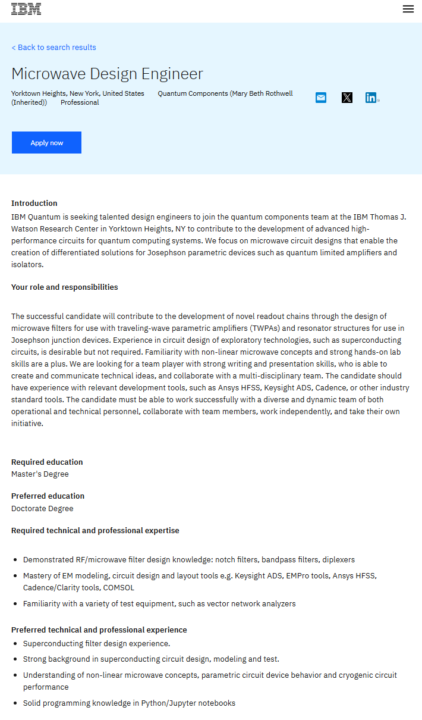
1-4 of 4
@aaditya-bhattacharya-6910
Hello I am Aaditya currently a physics undergrad with some quantum research experience looking forward to be part of the Quantum Engineering Community
Active 4d ago
Joined Sep 7, 2025
Powered by
